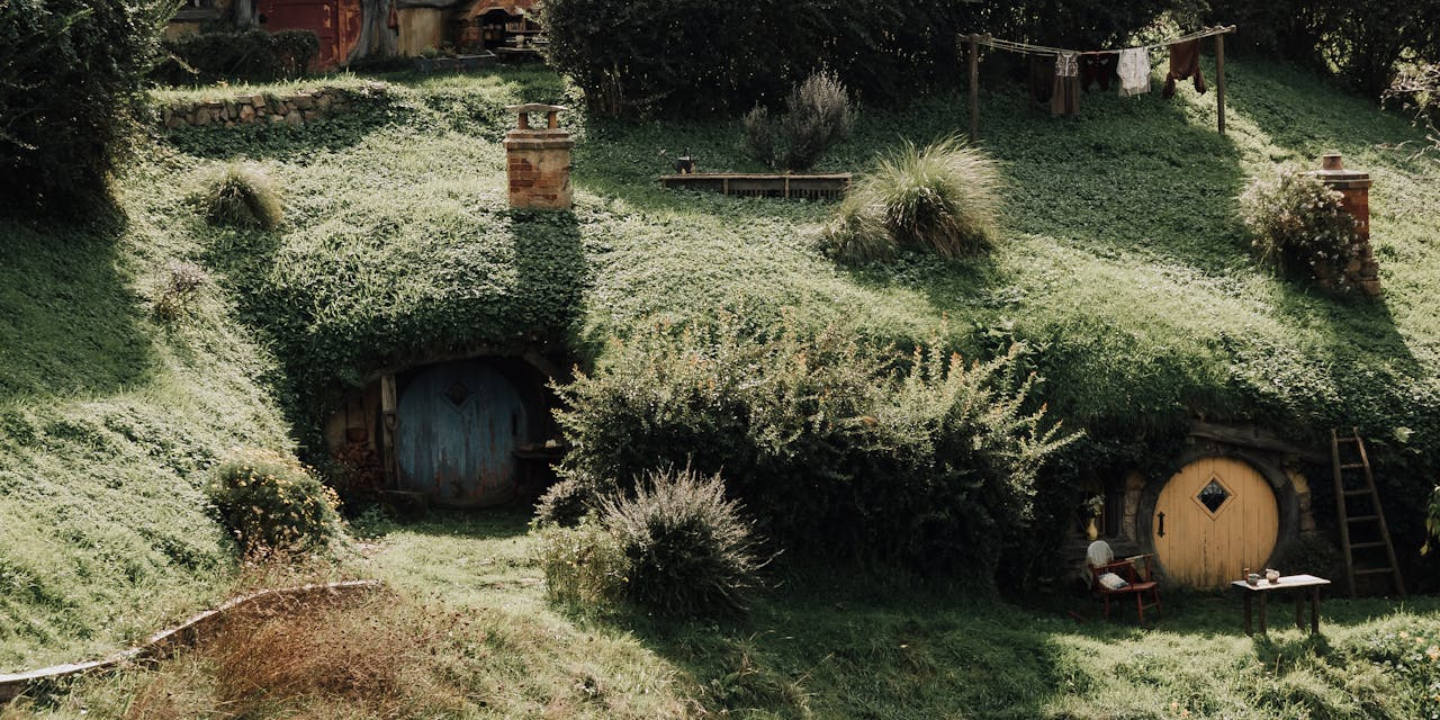10 Cities With Way Too Much Construction & 10 With Hardly Any
New Blocks Meet Old Souls
While construction cranes crowd some skylines, others are left relatively untouched, instead choosing to tout unmatched antiquity. Big budgets, old laws, and changing populations shape cities in different ways. Here, we're taking a closer look at places bursting with new construction projects and those stubbornly frozen in time. Let's start with the former.
1. Dubai, UAE
Skyscrapers crowd Dubai's skyline because developers won't stop dreaming bigger. Since the early 2000s, bold ideas have turned desert land into malls and the Burj Khalifa. Dubai's tower growth rate outpaces nearly every global city. Expect dust and traffic jams wherever you go.
2. Toronto, Canada
Condo builders love tearing down old warehouses in Toronto for glass towers. This boom really took off after 2010 and hasn't slowed since. Locals argue about affordable housing, but cranes stay busy. Developers here face backlash for ignoring shadow laws.
3. Shanghai, China
No other Chinese city shows off ambition like Shanghai. Pudong's skyline, barely farmland 30 years ago, bristles with mega towers. Construction crews tackle subways, malls, and more all at once. Tourists' photos near historic alleys are shadowed by new giants, and some buildings hit 100 stories.
 隔壁光头老王 WangMing'Photo on Pexels
隔壁光头老王 WangMing'Photo on Pexels
4. Melbourne, Australia
Melbourne loves vertical living. Inner suburbs sprout sleek towers near tram stops. After 2015, population surges pushed councils to greenlight denser zones. Developers carve micro-apartments into slim plots while residents worry about overshadowed parks. Complaints aside, permits for new towers hit record highs last year.
5. Istanbul, Turkey
Ancient mosques stand watch while Istanbul's suburbs creep deeper into green hills. Giant canal projects and endless apartment blocks stir fierce debates about who gains from this growth. Some say it fuels traffic nightmares and forest loss. Even earthquake zones now get rapid mid-rise approvals.
6. Mumbai, India
Mumbai's skyline fights gravity daily. Old slums get replaced by shiny towers, sometimes overnight. Builders race to beat deadlines for coastal highways and new metro lines while locals dodge scaffolding and potholes. Most new towers rise under 30 floors to skirt zoning restrictions.
7. Doha, Qatar
Oil riches and World Cup deadlines pushed Doha's skyline to modern extremes. Lusail City—still expanding—sits beside stadiums and luxury hotels built since 2015. New neighborhoods eat up desert land fast. The real transformation is a shift from temporary venues to permanent luxury corridors.
8. Los Angeles, USA
Zoning battles can't stop LA's builders. Apartment towers squeeze beside classic bungalows, and roadwork crawls to add new train lines underground. Complaints about dust and blocked lanes echo daily. Still, LA's 2025 building code now fast-tracks projects within high-density transit corridors.
9. Sydney, Australia
Towers and new suburbs swallow Sydney's edges. Developers rush to meet housing demand near train lines, and high-rise cranes peek over old terraces daily. Noise and delays spark protests, yet projects roll on. Some suburbs now rank among Australia's priciest building zones.
 Jorge Láscar from Melbourne, Australia on Wikimedia
Jorge Láscar from Melbourne, Australia on Wikimedia
10. Riyadh, Saudi Arabia
Vision 2030 turned Riyadh into a giant worksite. Skyscrapers, metro tracks, and futuristic districts like King Salman Park reshape desert sprawl. Billions pour in yearly, and even heritage areas get facelifts or replacements. New city blueprints predict 7 million extra residents by 2035.
Enough noise and new stuff. Now, meet spots where fresh cement is rare, and old bricks still call the shots.
1. San Francisco, USA
Strict zoning plus high fees choke new builds in San Francisco. Permits crawl through endless reviews. Some blame NIMBY battles; others point to earthquake retrofits draining funds. Demand stays high, but supply trickles. Average project approval times here hit nearly five years.
 Patrick Nouhailler's… on Wikimedia
Patrick Nouhailler's… on Wikimedia
2. Venice, Italy
Venice floats untouched by modern towers. Preservation laws shield ancient canals and plazas, and locals restore stone facades instead of adding height. Flood defenses drain funds that might spark new housing. No major builds and even minor upgrades need special permission from heritage councils.
3. Havana, Cuba
Decades of embargo and cash crises left Havana frozen in time. Colonial facades crumble slowly, cranes rarely appear, and residents patch walls themselves. Officials promise restoration, but new condos never arrive. So, daily life stays the same, with bright paint hiding decades-old structural cracks.
4. Athens, Greece
In Athens, history beats high-rises every time. Strict heritage rules guard ancient ruins buried beneath modern streets, and big developers avoid risky digs. Residents favor renovations over tear-downs. Outside the core, suburbs sprawl, but downtown height limits still frustrate modern architects today.
 Lazarescu Alexandra on Unsplash
Lazarescu Alexandra on Unsplash
5. Pyongyang, North Korea
Ambitious blueprints gather dust in Pyongyang. Economic sanctions and tight budgets stall showpiece hotels and apartment blocks. Half-finished towers sit empty beside drab Soviet-era housing. Cranes barely move these days, and state TV praises projects that never reach completion.
6. Naples, Italy
Dig deep in Naples, and you find ruins, not shiny towers. Builders hate the risk of hitting ancient catacombs or quake-prone soil. Locals prefer patching up weathered facades, and strict city codes block high-rises downtown. So, this chaotic port city looks proudly stuck in time.
7. Lisbon, Portugal
Tight rent caps and old-world charm clash with modern construction dreams in Lisbon. Alfama's winding alleys barely fit delivery trucks, let alone tower cranes. Many blocks carry protected status. Even developers admit approvals move at a snail's pace here—progress rarely bulldozes heritage.
8. Bruges, Belgium
Step into Bruges and step back centuries. Cobbled lanes and pointy rooftops endure because new construction faces ironclad limits. Locals fiercely guard UNESCO status, and big developers don't even bother bidding. Instead of shiny condos, money goes to roof repairs and museum upkeep.
9. Kyoto, Japan
Shrines, tea houses, and narrow streets shape Kyoto's heartbeat. Unlike Tokyo, flashy towers find no welcome here. Officials cap building heights to protect temple views. For glass skyscrapers, hop a train east. In Kyoto, old wood frames and tiled roofs always win.
10. St. Petersburg, Russia
A baroque postcard at scale—St. Petersburg shields its skyline from aggressive building booms. Any tower that spoils a palace view gets axed on paper. Big projects shift to bland outskirts instead. Residents trust preservation laws to keep canals and pastel mansions unchanged.
























